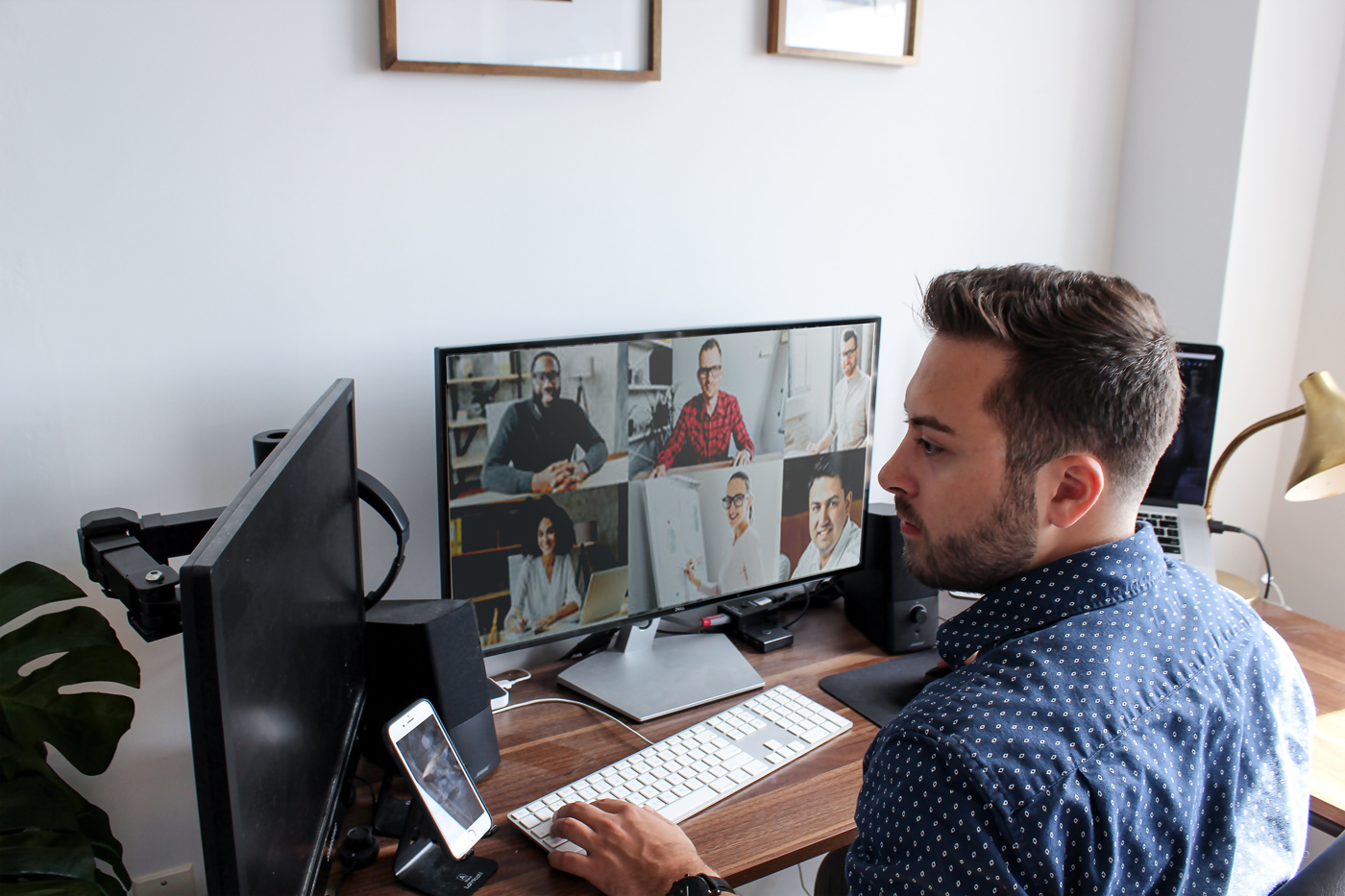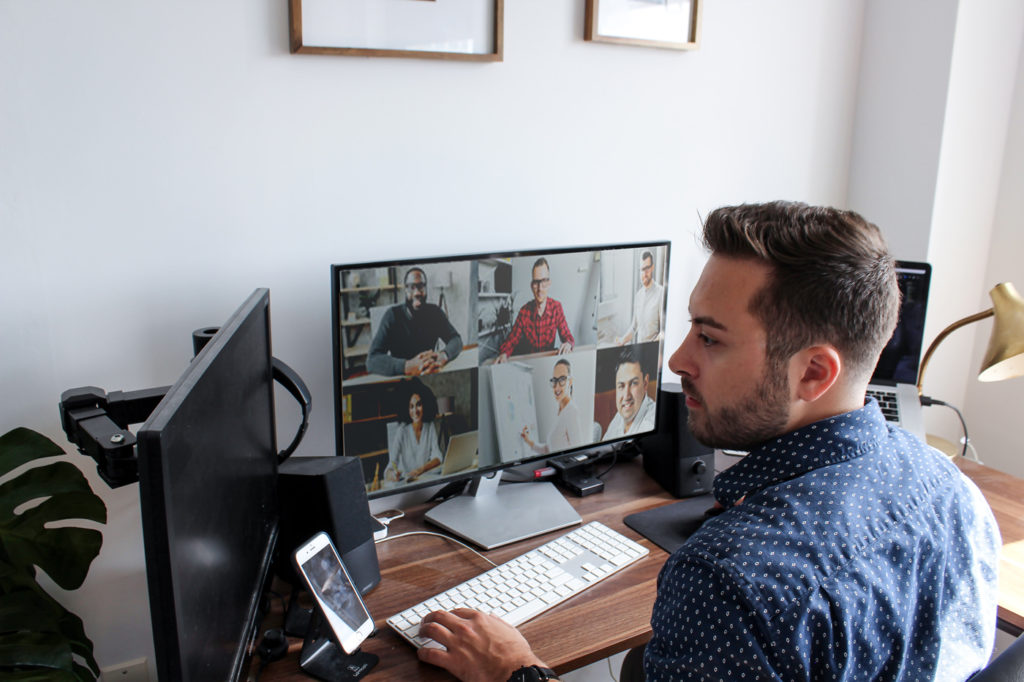Human Resources, Is Featured
How Companies Can Use Technology to Supervise Remote Work

Just what are your employees doing all day? Are they slacking off, scrolling through Facebook, or stepping away to do chores while they’re supposed to be on the clock? When you were in the office, you could keep an eye on your reports and actively manage their workloads. But since the coronavirus pandemic forced a sudden transition to remote work, many supervisors have been looking for new ways to monitor employees from afar. That’s why there’s recently been a significant upswing in technological tools that enable remote employee monitoring.
What can employers monitor legally, and how can they ensure that employees know their rights and responsibilities?
What Can Employers Monitor Remotely?
The short answer is that an employer can monitor almost everything that an employee does on a work computer that their employer has provided to them to accomplish the work of the business. It doesn’t matter that employees are working from home.
Employers can typically access the following:
- Mouse movements and keystrokes. Every time an employee moves their mouse or hits a key on their keyboard, that movement or keystroke may be recorded.
- Email and instant messages. If an employee uses a work computer to check their email, to read emails, or to send an email—whether it’s their business email account or a personal email account—the employer can read those emails. The same goes for Slack accounts and other instant messaging apps.
- Productivity records or screenshots. Employers can check to see how long an employee’s computer is idle, what programs are open and for how long, and what is actually on the employee’s screen at any time.
- Internet history. Is the employee visiting business-related websites or nonbusiness sites like Facebook or Instagram?
Some supervisors simply ask their employees to sign in to a video meeting all day while they’re working so that they can see whether they’re at their desks and focused on work during work hours. Others may use software that automatically takes a picture with the employee’s webcam every few minutes.
Is Employee Monitoring Legal?
Generally speaking, yes, most of these employee monitoring activities are perfectly legal. Private businesses aren’t restricted by the Constitution, so there’s no generic “right to privacy” for remote workers during the workday. Depending on where you work, there may be state-specific laws that prohibit some activities like voice recording without each party’s consent. Unionized employees may also have additional protections through labor laws or negotiated agreements. For the most part, though, businesses need only point to a legitimate “business purpose” to be allowed to supervise their employees—regardless of where they are working.
What Remote Workers Need to Know About Employee Monitoring
The best way for remote workers to stay out of hot water is to simply pretend they’re still in the office. If it’s not a recognized break time, employees shouldn’t leave their desks to take a personal phone call, switch a load of laundry, or check in on a sports game.
Employees who use their own devices for work purposes should carefully review the company’s “bring your own device” or BYOD policy: it may be written so that the employee consents to the monitoring of workplace communications even on their personal device.
Poster Compliance Center Can Help You Choose the Right Labor Law Posters for Your Business
Employers can do their part by educating employees about their rights and responsibilities regarding work supervision and employee monitoring. Poster Compliance Center has a full range of federal and state labor law posters, including virtual versions that can be accessed from anywhere. Our Virtual Compliance Guide and Poster Advisor Tool can help you decide what posters you need to keep your employees fully informed.

